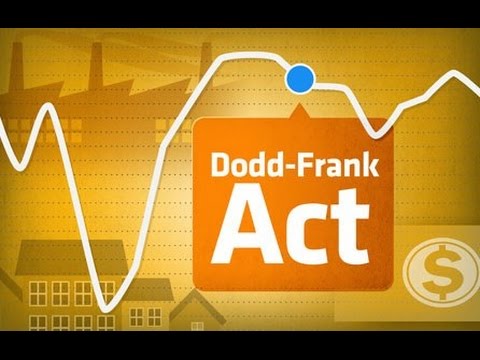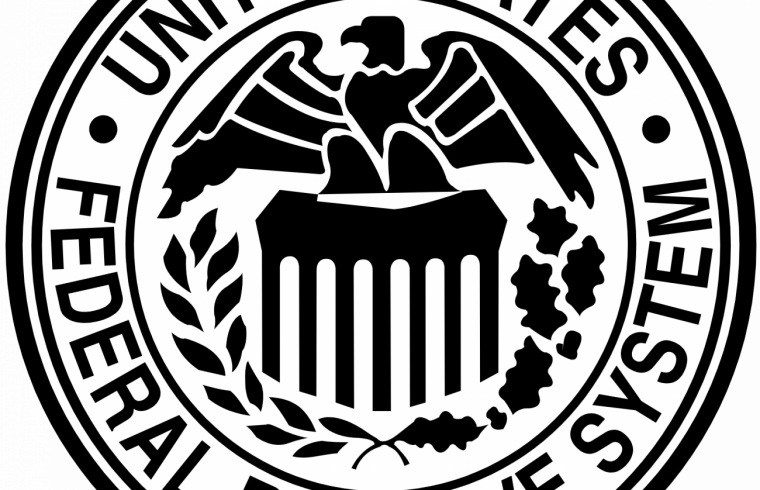The Federal Reserve Board on Thursday released a document providing additional information on its stress testing program. The release of the document follows an announcement in February that the Board had finalized changes intended to increase the transparency of its stress tests without compromising their ability to test the resiliency of the nation’s largest banks.
Stress tests ensure that banks have adequate capital to absorb losses and retain their ability to lend to households and businesses even in a severe recession. The Dodd-Frank Act stress tests are one component of the Federal Reserve’s stress testing program along with the Comprehensive Capital Analysis and Review (CCAR), which evaluates the capital planning processes and capital adequacy of the largest bank holding companies.

The document is intended to improve public understanding of the Federal Reserve’s stress tests. Today’s document, with roughly 80 pages and more than 30 tables, provides significantly more information on the stress test models that are used to project bank losses, compared to disclosures from past years. The additional information consists of:
- Ranges of loss rates, projected using the Federal Reserve’s models, for loans that are grouped by distinct risk characteristics;
- Portfolios of hypothetical loans with loss rates projected by the Federal Reserve’s models; and
- Enhanced descriptions of the Federal Reserve’s models.
In particular, the additional information on loss rates is provided for the models used for corporate loans and credit cards. These two models accounted for roughly half of total projected loan losses in the Federal Reserve’s 2018 stress test. Similar information will be provided in 2020 for two additional models.












